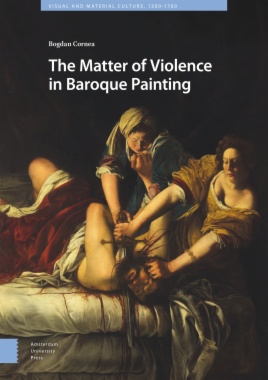Graduate Education in the Chemical Sciences is a summary of the December 1999 workshop, "Graduate Education in the Chemical Sciences: Issues for the 21st Century." This workshop discussed the various features of graduate education in chemical science and technology. Using case histories and their individual experiences, speakers examined the current status of graduate education in the chemical sciences, identified problems and opportunities, and discussed possible strategies for improving the system. The discussion was oriented toward the goal of generating graduates who are well prepared to advance the chemical sciences in academia, government, and industry in the next 5 to 10 years.
- Cover
- Front Matter
- Summary
- 1 The Challenges to American Graduate Education
- 2 Graduate Education in the Chemical Sciences
- 3 Graduate Education in Chemistry: A Personal Perspective on Where It Has Been and Where It Might Go
- Panel Discussion
- 4 External Research Collaborations Enrich Graduate Education
- 5 Portals to Knowledge: Information Technology, Research, and Training
- 6 The Graduate Student in the Dual Role of Student and Teacher
- 7 Keeping an Eye to the Future in Designing Graduate Programs
- 8 The Graduate Student Perspective
- 9 The Making of a Chemist: My Adventures in Graduate School
- 10 A Perspective from a Former Graduate Student
- 11 New Students, New Faculty, and New Opportunities: Preparing Future Faculty
- Panel Discussion
- 12 Broadening the Scientific Ph.D.: The Princeton Experience
- 13 Across the Disciplines: Center-based Graduate Education and Research
- 14 Training Grants in the Chemical and Biological Sciences
- Closing Remarks
- Appendix A List of Workshop Participants
- Appendix B Biographical Sketches of Workshop Speakers
- Appendix C Origin of and Information on the Chemical Sciences Roundtable

